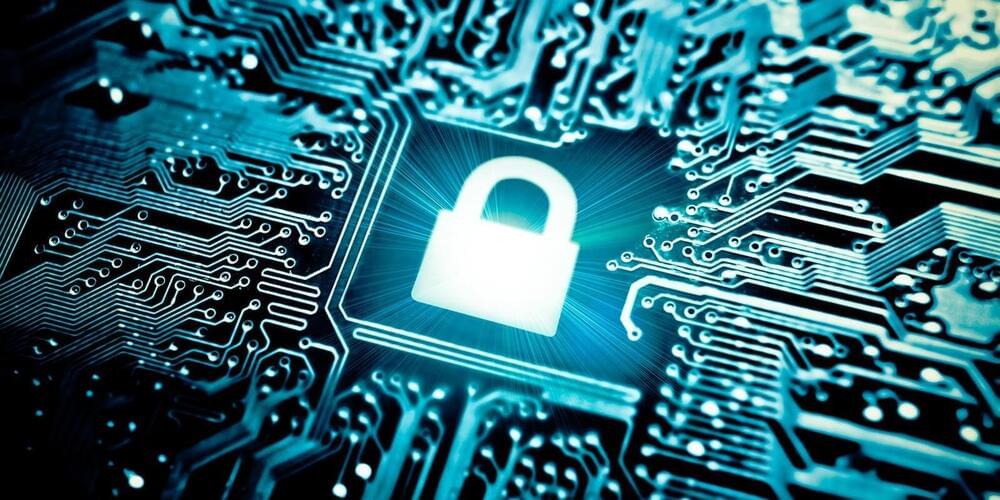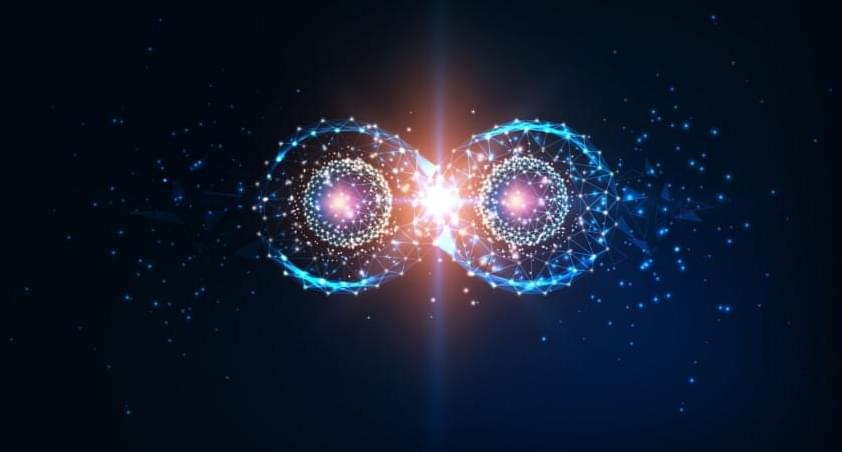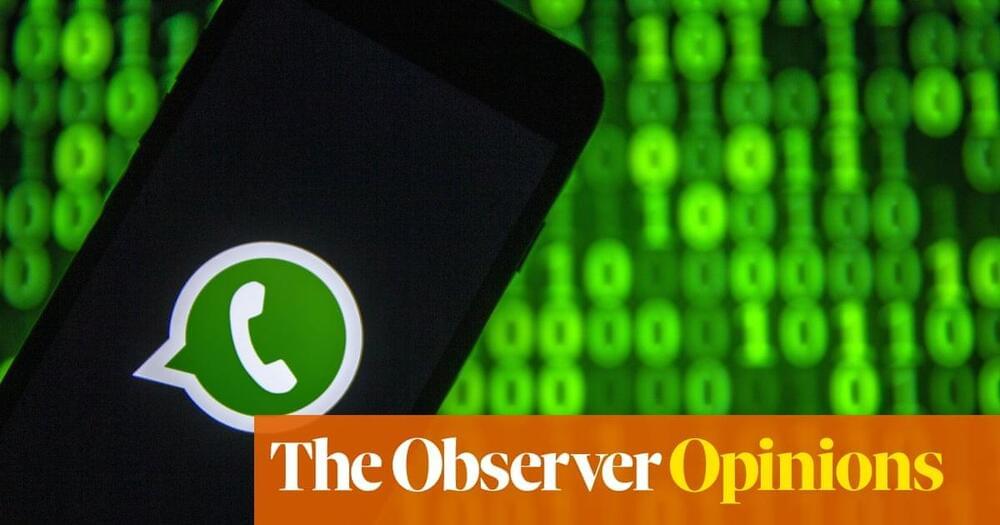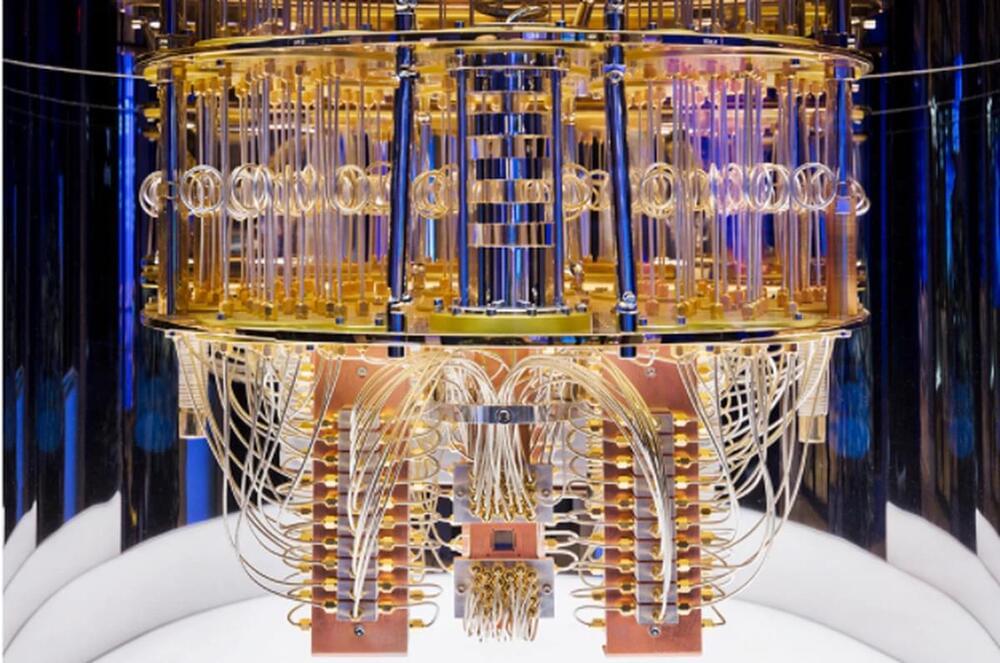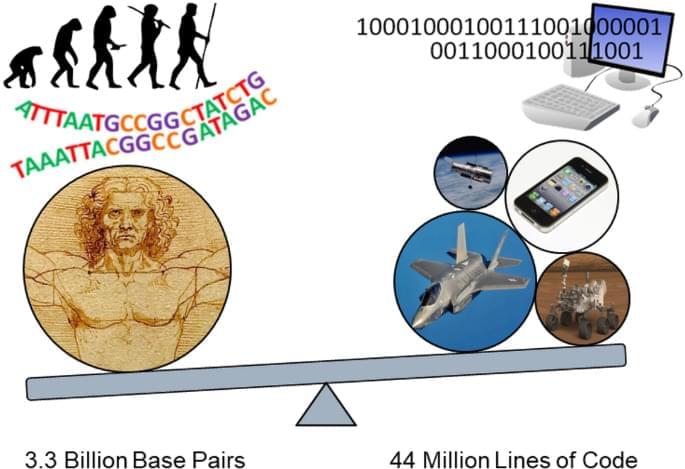Telegram, a leading encrypted messaging and social media application, has been compromised by Russia, according to a NATO-backed assessment.
“Telegram is not really as it used to be,” Janis Sarts, the director of NATO’s Strategic Communications Center of Excellence in Riga, Latvia, told the Washington Examiner. “I do have reasons to believe that there is not full integrity. … Certainly, I would not see it as a secure platform.”
The messaging service, founded in Dubai by a Russian tech titan who has clashed with Russian President Vladimir Putin’s surveillance apparatus, rocketed to global popularity in 2014 as one of the first applications to offer users the ability to communicate on an encrypted line. It proved valuable to Belarusian protesters who denounced President Alexander Lukashenko’s self-declared victory in a 2020 presidential election, but a warning about the program has begun to circulate among Western officials.


